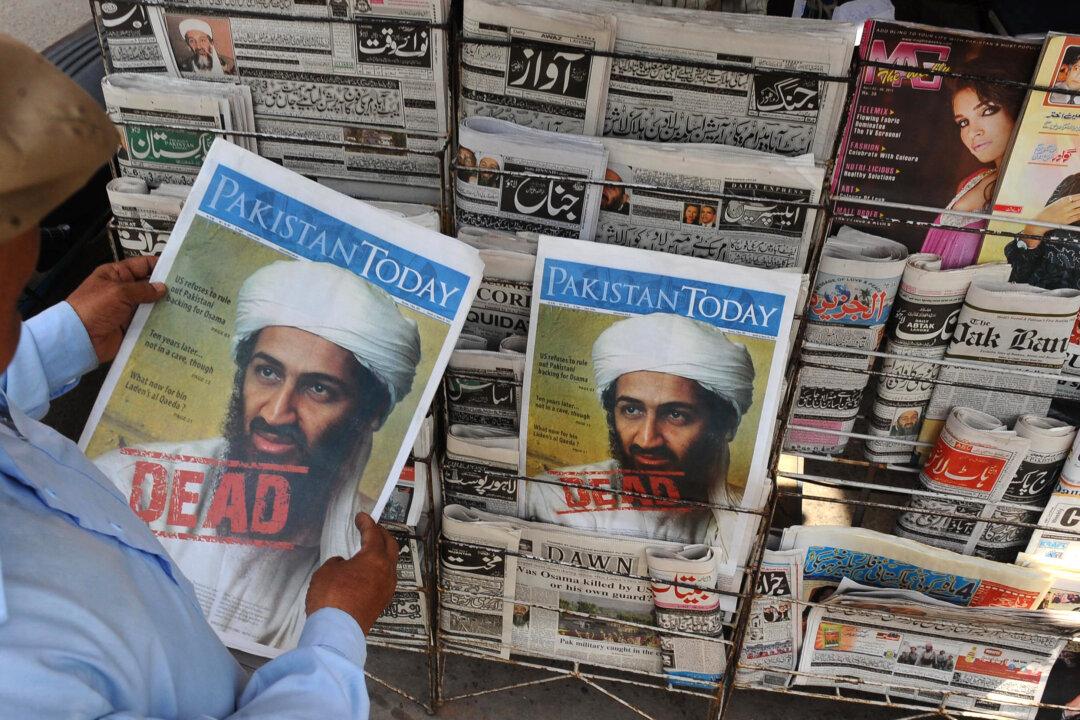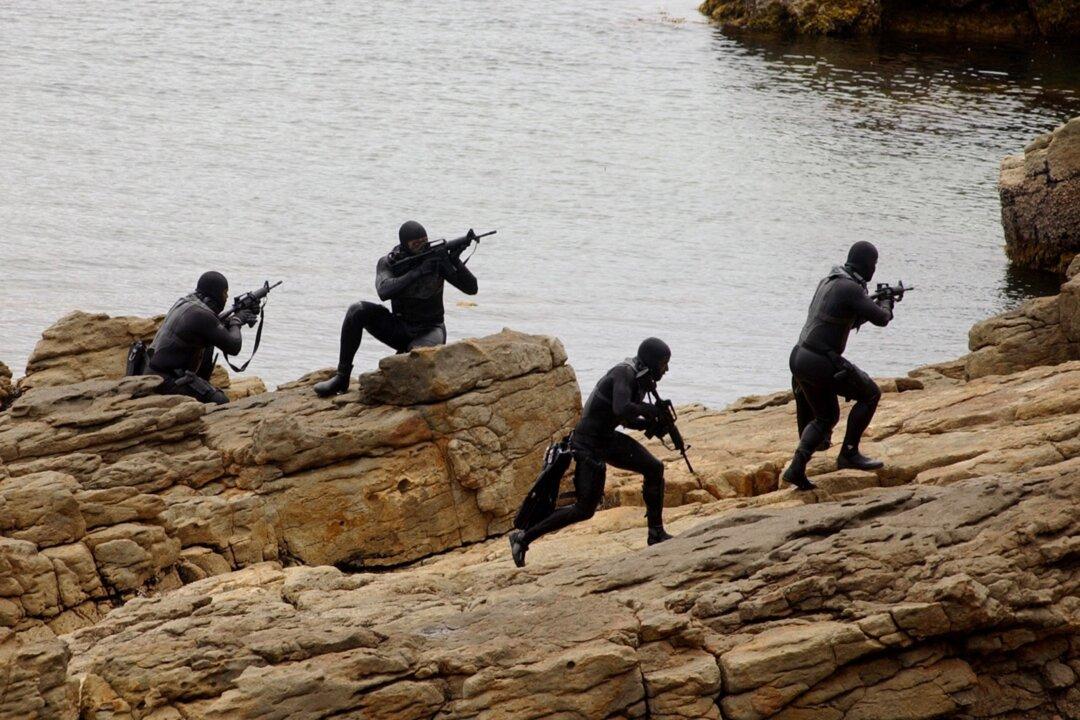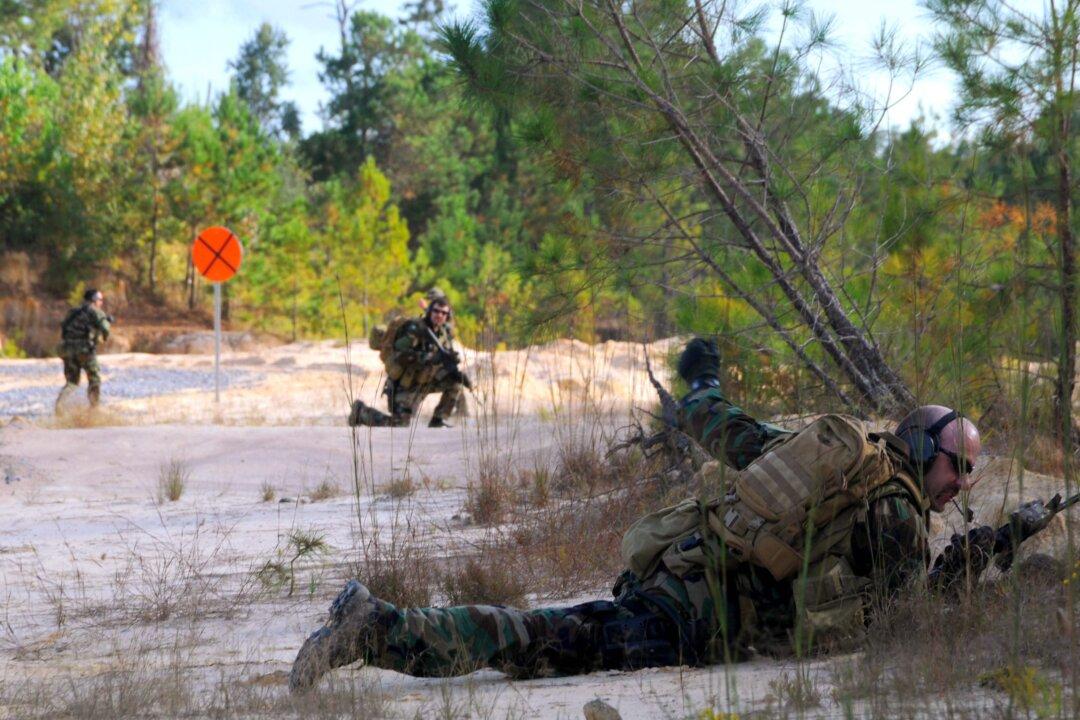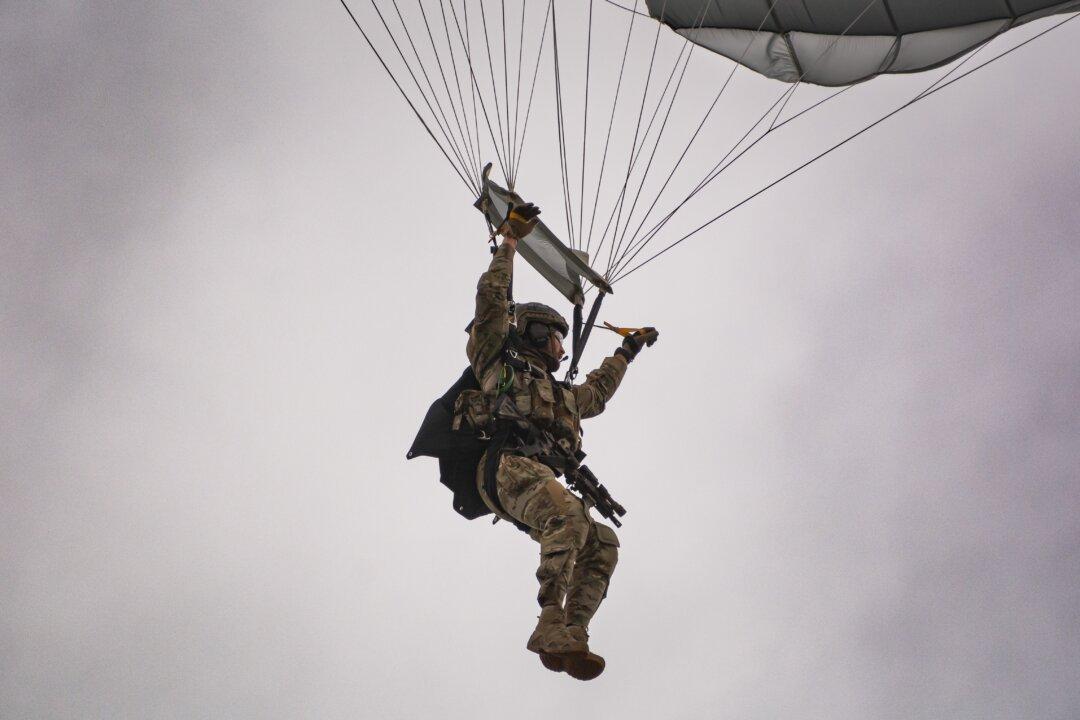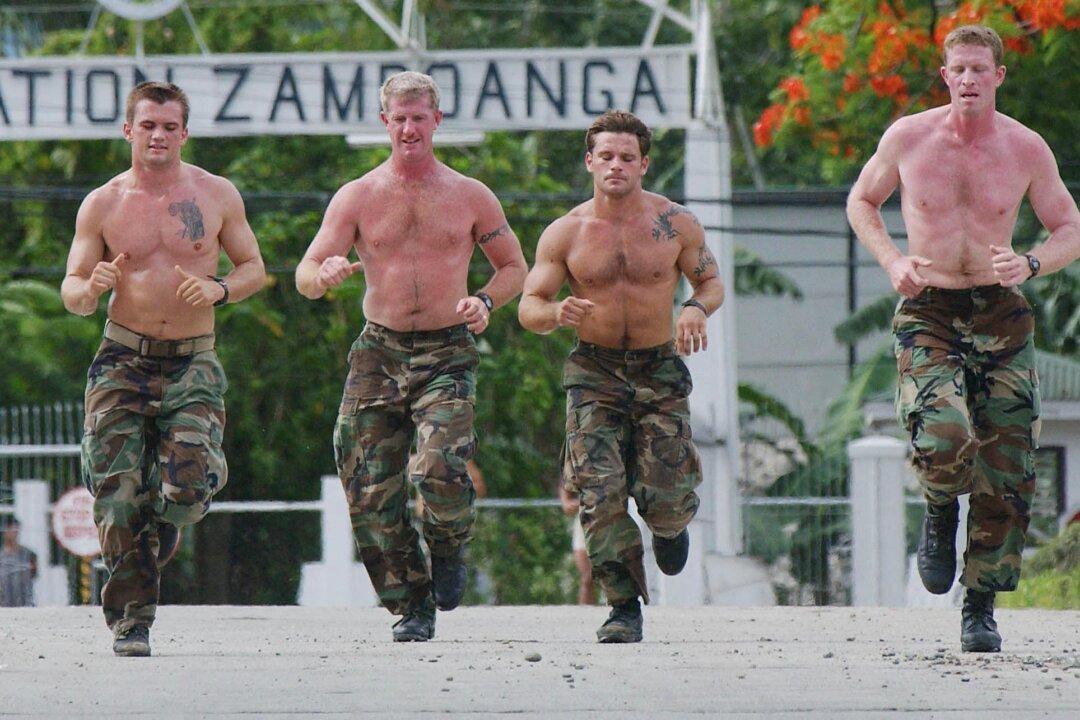Of course, the most famous and important battlefield that any Nave SEAL has ever been on is one that I didn’t participate in directly, yet still played a role in nonetheless. I’m talking of course about the assault on Osama Bin Laden’s compound in Abbottabad, Pakistan, which resulted in the death of the most wanted man in US history. That mission was conducted by members of SEAL Team Six, a group that almost no one ever talked about prior to May 1, 2011. Technically speaking, Team Six didn’t even exist, and yet on that day the whole world knew who they were and what they had accomplished.
For nearly ten years the CIA, NSA, FBI, and various other agencies had been on the hunt for Bin Laden. When the US invaded Afghanistan following 9/11, the leader of the Al Qaeda terrorist group went into hiding, staying almost completely off the radar for months on end. Bin Laden knew that if he popped his head up even for a moment, the US would take the opportunity to either capture or kill him. So, he built a secret compound in eastern Pakistan, tried to remain off the grid, and settled into a secluded and secretive life that allowed him to maintain rudimentary communication with his followers while still protecting his location and identity at all times.

By late 2010, some members of the US intelligence community came to believe that bin Laden could be hiding in Abbottabad. Their theory was the result of years of surveillance of various couriers that worked with the Al Qaeda leader, as well as a possible tip from someone within Pakistan. Using assets on the ground, the CIA eventually came to the conclusion that there was indeed a very high- level member of the terrorist group holed up in a walled home located at the heart of the Pakistani city. They weren’t 100 percent certain it was bin Laden of course, but there was a strong feeling amongst intelligence experts that they had found the man they had been searching for at long last.
Knowing that bin Laden was extremely paranoid and could potentially move at any time, the Joint Special Operations Command (JSOC for short), working in conjunction with the CIA, began planning an operation that would send US troops on a secret mission into Pakistan. Their job would be to take out this Al Qaeda operative, whoever he was, once and for all. The military officials organizing the raid knew they would need fast, efficient, and highly skilled warriors to conduct the mission, so naturally they turned to SEAL Team Six.
During my time with the SEALs, I served with Team Six from 1985 to 1989 and again from 1995 to 1998. At the time, we were the most highly trained combat unit in the world, but rarely had a chance to put our skills to the test in the field. In contrast, the modern version of SEAL Team Six had been honed to a razor-sharp edge on the battlefield in Iraq and Afghanistan, and is outfitted with equipment and technology that we could only dream of back in the ’80s and ’90s. As a result, they are now leagues ahead of pretty much any other military unit in the world, which made them the perfect group for this mission.
The plan was a daring one right from the start. Because bin Laden was hiding inside Pakistan, intelligence officials knew they would need to walk a tenuous tightrope. In order to conduct the raid, the US commando team would have to cross into Pakistani territory, but if any high-ranking officials within the country got wind of the operation, there was a good chance they would alert the Al Qaeda leader ahead of time, giving him time to escape.
Eventually the decision was made to keep the operation a complete secret, even from the Pakistani government. The plan was to fly in under the cover of darkness from a US base located in Afghanistan. The May 1 date was specifically chosen because it was a moonless night, providing an extra bit of darkness for the SEALs to conduct their business. It was going to be the most difficult and dangerous mission of their lives, and they would take every advantage they could get.
Using two high-tech Black Hawk helicopters that had been designed for stealth and night operations, the team, which consisted of about two-dozen men, was able to reach Bin Laden’s compound without being detected. The SEALs then fast-roped into the courtyard below and deployed outside the house. But before they could enter the building, one of the helicopters experienced unusual atmospheric conditions that caused it to momentarily lose control, smashing its tail into the wall that surrounded the compound. This caused it to crash land hard onto the ground, rendering the aircraft inoperable.
The SEALs always had contingency plans. “What if a helo goes down?” “What if only half the team can make it to the target?” and so on. The guys on the downed helo were all okay and in this case all made it to the target too. The loss of the helicopter wasn’t good, but it also wasn’t crucial to the completion of the mission either.
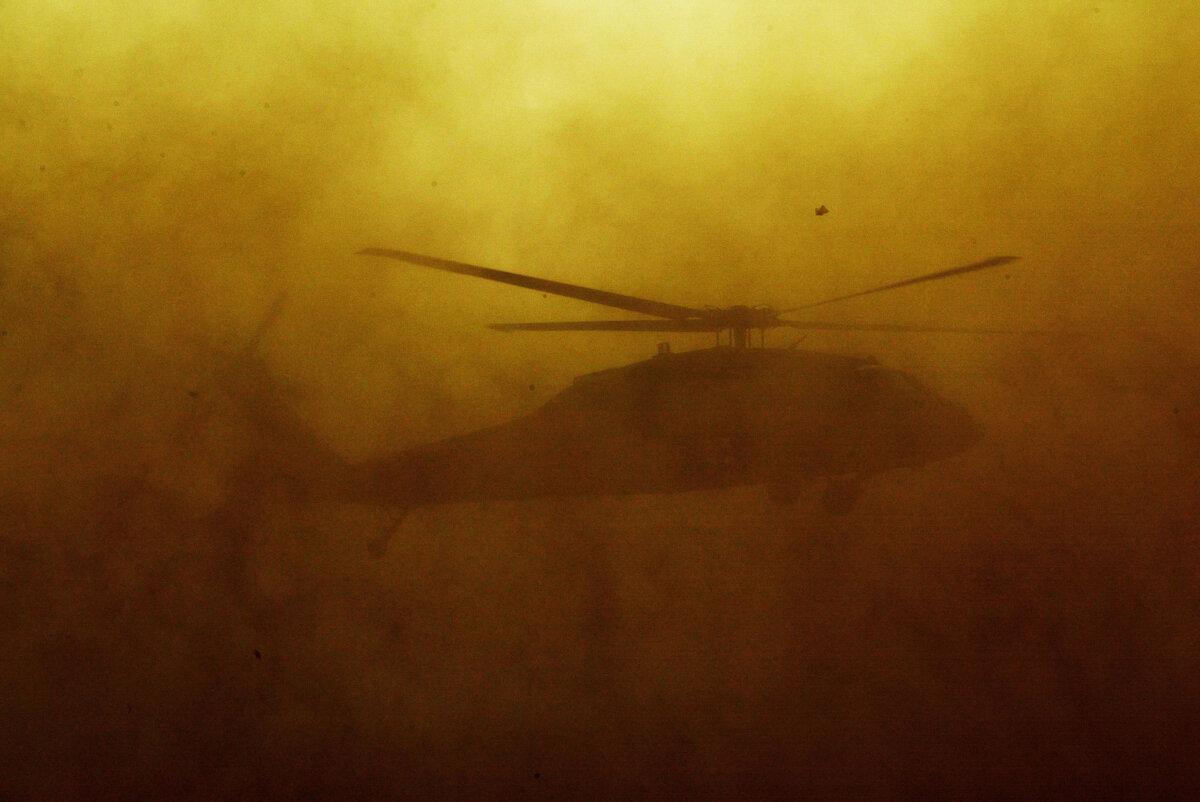
While attempting to breach a door that led into the house, they discovered that it was actually fake, leading to nowhere. That was their first clue that the person hiding inside was a high-value target, most likely Bin Laden himself. But even as they located another door and made their way inside, there was still no real confirmation that they were closing in on the most wanted terrorist on the planet.
Once inside the home, the SEAL team broke off into groups and slowly started sweeping through the various rooms that made up the interior. Prior to their arrival, CIA operatives on the ground in Abbottabad cut the power to the entire city block, sending the compound into complete darkness. Night vision goggles allowed the SEALs to continue to do their work with efficiency and precision, however, as they quickly engaged and dispatched with several hostile individuals living on the first floor.
Several members of the team found a staircase leading upstairs and began to make their way to the second floor. At that point, a bearded man stuck his head around the corner in an effort to see who was coming his direction. The lead SEAL immediately recognized him as bin Laden’s son Khalid from photos that they were shown while prepping for the raid. The man quickly ducked back around the corner out of sight, but thinking very quickly the SEAL called out his name in Arabic. When Khalid bin Laden looked around the corner a second time to see who had called his name, he was dispatched with a single shot to the head.
Proceeding up the stairs, the team found a second staircase leading to the third floor with another, much older, bearded man standing at the top. They instantly recognized him as Osama bin Laden and one of the SEALs took a shot at the Al Qaeda leader as he rushed out of sight. Now they knew exactly who they had in their sights and they moved upward to finish the mission.
When the SEALs reached the top floor, two young girls and an adult woman rushed directly at them in an effort to protect bin Laden. Fearing that they might be rigged with explosive vests, the first SEAL up the staircase jumped at them in an effort to save his teammates who were not far behind. He knocked all three women to the floor and pinned them there, waiting for the explosion to come. Fortunately, none of the women were actually strapped with bombs, but the selfless act of that SEAL is a testament to his exceptional training, quick thinking, and commitment to both the mission and the other men that he served with.
With that threat dealt with, other members of the team pursued bin Laden into the room in which he had fled. Upon entering, they saw him huddling in corner while holding an AK-47 by his side and shaking very badly. This mastermind of world terror was hiding behind one of his wives, using her as a human shield. Loyal to the end, the woman hurled herself at the men who had come for her husband, but one of the SEALs shot her in the leg before she could get too close. Another SEAL then fired on bin Laden himself, putting a bullet into his forehead and another in his chest. As he slumped to the ground, the shooter put a third round into the Al Qaeda leader, bringing an end to a manhunt that had lasted nearly a decade.
With all threats neutralized, bin Laden’s corpse was put into a body bag for transport back to base. The team swept through the house once again, this time gathering up every computer, hard drive, thumb drive, and cell phone that they could find. They also stuffed countless papers and dossiers into bags, much of which would prove to hold important information about the inner workings of Al Qaeda. While taking down the head of that organization was the primary goal of the mission, the data that was gathered would prove invaluable moving forward.
In a testament to just how efficient SEAL Team Six is in the field, consider this: The entire raid was expected to take forty minutes to complete, and the team finished up and were boarding a support helicopter that had come in for the extraction in exactly thirty-eight minutes. Everything had gone like clockwork, and they were in and out completely on schedule. That is the kind of precision work that comes from training like you fight and fighting like you train.
There was one last hurdle that the group had to clear before they were home free however. They still had to get out of Pakistani airspace without getting shot down. The stealth Black Hawk and Chinook support helicopters took off into the night, with every passenger onboard collectively holding his breath. The pilots kept the helos close to the ground so as to avoid radar detection, and for the next hour everyone remained on edge. It was about then that a voice came over the intercom announcing “Here’s something you never thought you’d be relieved to hear. Welcome to Afghanistan.”
The mission has been a tremendous success and was met with relief and celebrations back in the US. On the evening of May 1, 2011, President Obama went on national television to announce that Osama bin Laden had been killed at long last. It was a pivotal moment in the ongoing fight with Al Qaeda and other terrorist organizations, with the Navy SEALs making headlines around the globe. In fact, the raid had been named Operation Neptune Spear; anyone who remembers their mythology knows that Neptune’s spear is actually a three-pronged trident—the same symbol that every SEAL wears with pride.
In the weeks and months that followed, more details emerged about Operation Neptune Spear with countless articles and books being written, and films being made about the daring raid. As the media blitz surrounding the death of bin Laden continued, it was revealed that the SEAL who shot and killed the terrorist leader was Senior Chief Petty Officer Robert O’Neill. I was so very proud of the guys at ST-6. As the Advanced Training Officer of the team, I had the opportunity of training many of the men who took part in that mission. I felt a great sense of satisfaction in knowing that I played a small role in helping bring down the leader of Al Qaeda and the mastermind behind the attacks on the US on 9/11.
Later, I would have the chance to talk to Rob and some of the other SEALs in great detail about the mission, and would gain a lot of insight into what it was like for them. To a man, they all told me that they thought that they were going on a one-way trip and that they wouldn’t be coming home. They all knew the risks ahead of time and were sure that if they didn’t get shot down by Pakistani fighter jets, bin Laden’s compound would offer a high level of resistance that would result in many casualties. Getting out safely seemed like an incredible long shot, with a razor-thin margin for error. And yet they all went on the mission anyway because they knew that it was what needed to be done. It was their job, and each and every one of them was ready to give his life in service to their country.
Prior to embarking on the mission, each of the men wrote letters to friends and family saying their goodbyes. Fortunately, none of those letters ever had to be delivered, as every man came home safely with only a few very minor injuries spread out across the entire team. They executed the plan that they were given with so much precision that several of them told me that the training exercises that I and others put them through were never as easy as what they had encountered in bin Laden’s compound. One even said that it was so easy, it was “like shooting at paper targets.” They went in as prepared as humanly possible and their dedication and professionalism won the day.
When Rob O’Neill’s camouflaged shirt which he wore during the raid was put on display at the 9/11 Memorial Museum in New York City, I was deeply honored to be standing by his side. The last thing bin Laden saw, was Rob’s shirt and the American flag on the left shoulder. Rob personally asked me to attend that very moving ceremony and I wouldn’t have missed it for the world.
The story of the SEALS who conducted the raid to finally get bin Laden is a good reminder that proper training, finely honed skills, and a tough mindset can prepare you for almost any challenge. That is a lesson that we can all apply to the personal battlefields that we find ourselves on throughout out our lives. If you train like you fight, you’ll definitely fight like you train, whatever your fight might be.
(To be continued...)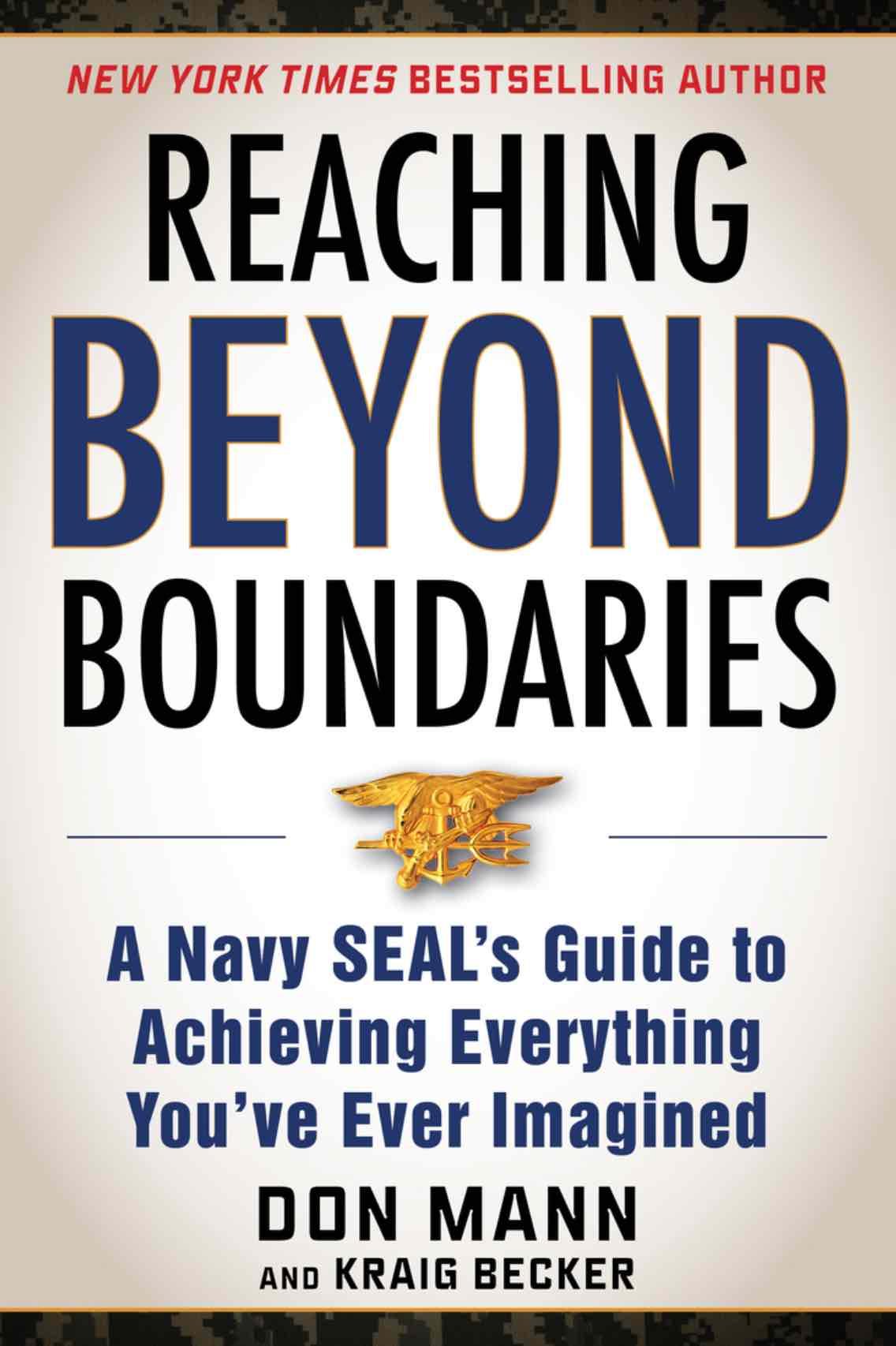 This excerpt is taken from “Reaching Beyond Boundaries: A Navy SEAL’s Guide to Achieving Everything You’ve Ever Imagined” by Don Mann and Kraig Becker.
To read other articles of this book, click here.
To buy this book, click here.
This excerpt is taken from “Reaching Beyond Boundaries: A Navy SEAL’s Guide to Achieving Everything You’ve Ever Imagined” by Don Mann and Kraig Becker.
To read other articles of this book, click here.
To buy this book, click here.
The Epoch Times copyright © 2023. The views and opinions expressed are those of the authors. They are meant for general informational purposes only and should not be construed or interpreted as a recommendation or solicitation. The Epoch Times does not provide investment, tax, legal, financial planning, estate planning, or any other personal finance advice. The Epoch Times holds no liability for the accuracy or timeliness of the information provided.

